Selenium
Our Selenium course provides comprehensive training in automated web testing using the Selenium WebDriver. You'll learn to build robust test automation frameworks and implement continuous testing in DevOps pipelines. The curriculum covers cross-browser testing, parallel execution, and integration with popular testing tools.
Course Highlights
Skills You'll Gain
- Automate web testing with Selenium WebDriver (Java/Python)
- Handle dynamic web elements and frames (XPath/CSS locators)
- Implement data-driven testing (Excel, JSON, Databases)
- Use TestNG for test automation (annotations, assertions, reports)
- Perform cross-browser testing (Selenium Grid, BrowserStack)
- Integrate with CI/CD pipelines (Jenkins, GitHub Actions)
- Develop Page Object Model (POM) framework
- Run tests in headless mode (Chrome/Firefox)
Our Graduates Work At


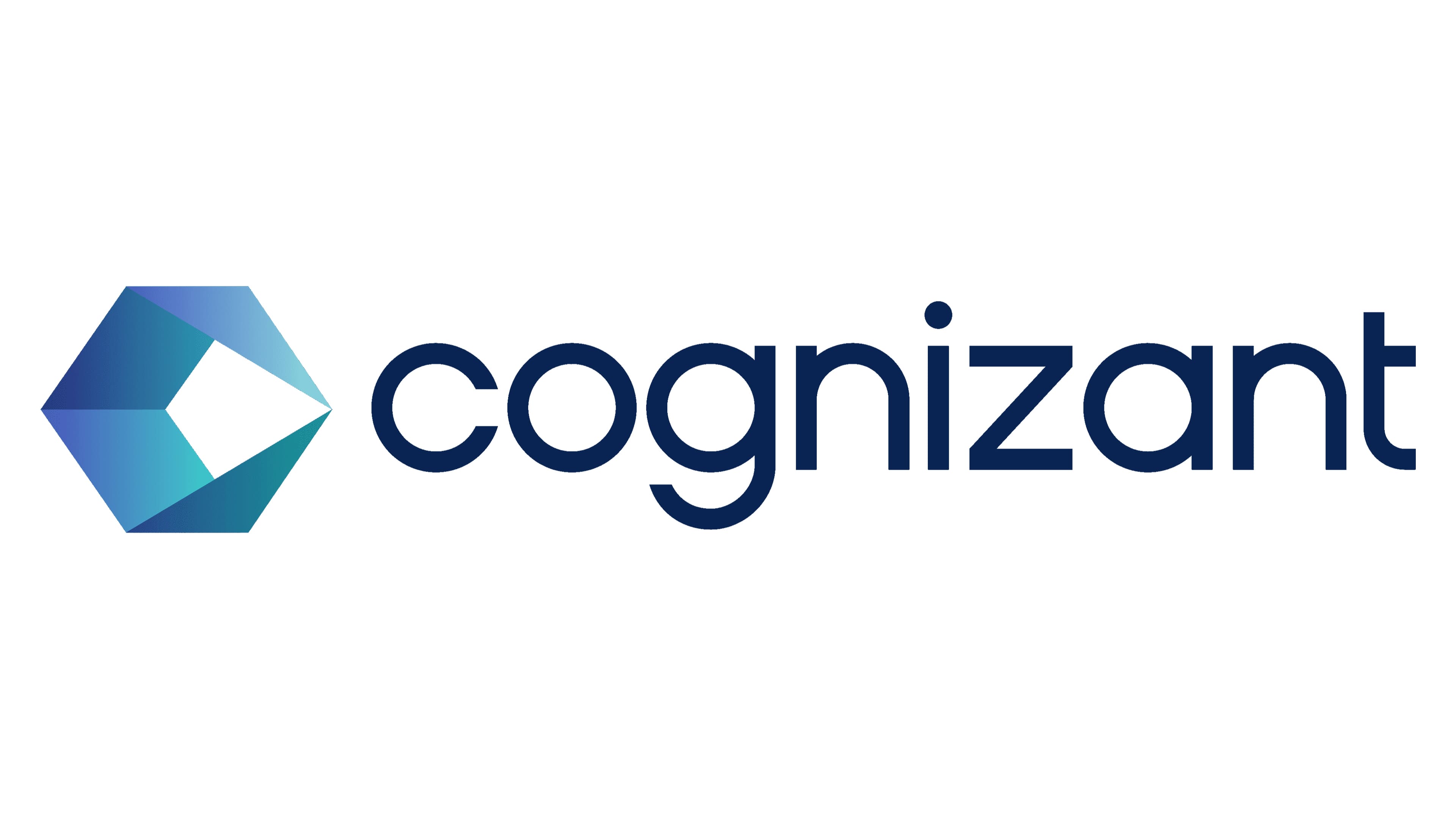
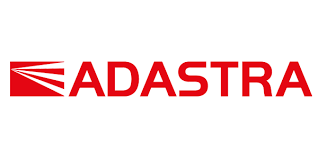

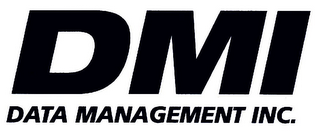
Course Curriculum
- Overview of Selenium and its features
- Setting up the Selenium environment
- Writing and running your first Selenium script
- Locators and web elements
- Handling forms and tables
- Working with dynamic web elements
- Introduction to TestNG
- TestNG annotations and assertions
- Data-driven testing with TestNG
- Setting up cross-browser testing
- Running tests on different browsers
- Handling browser-specific issues
- Hands-on Selenium projects
- Final project presentations

Have Questions?
Book a free consultation with our experts
ICLP Certification
Earn a recognized credential that validates your technical expertise and opens doors to new career opportunities.
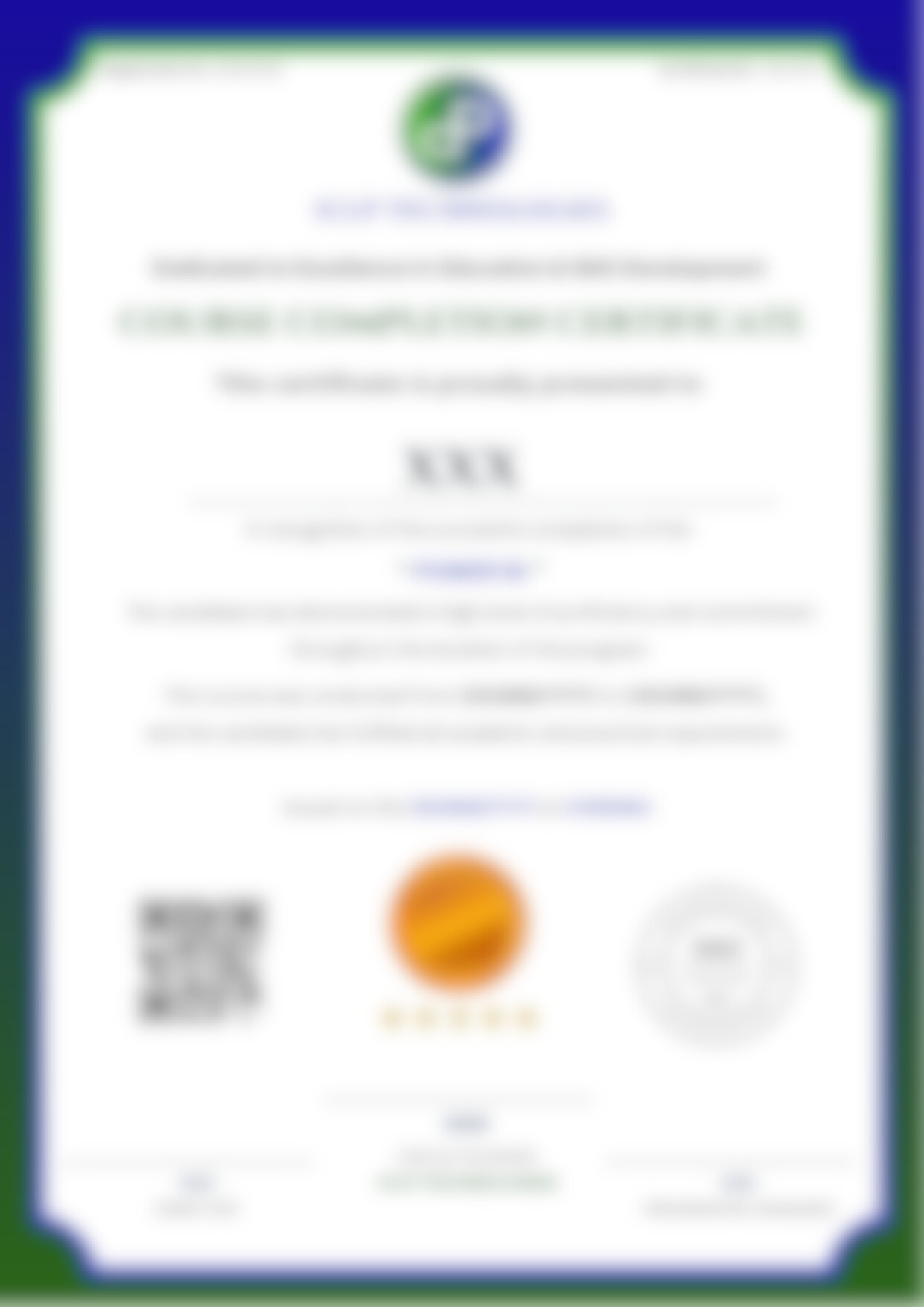
Why Learn Selenium?
- Open-source and free to use
- Supports multiple languages
- Cross-browser testing
- Supports parallel execution
- Large community support
- Integration with CI/CD tools
- Supports mobile testing
- Works with multiple frameworks
- Good for regression testing
- Extensive documentation
Our Hiring Partners
Top companies where our graduates work








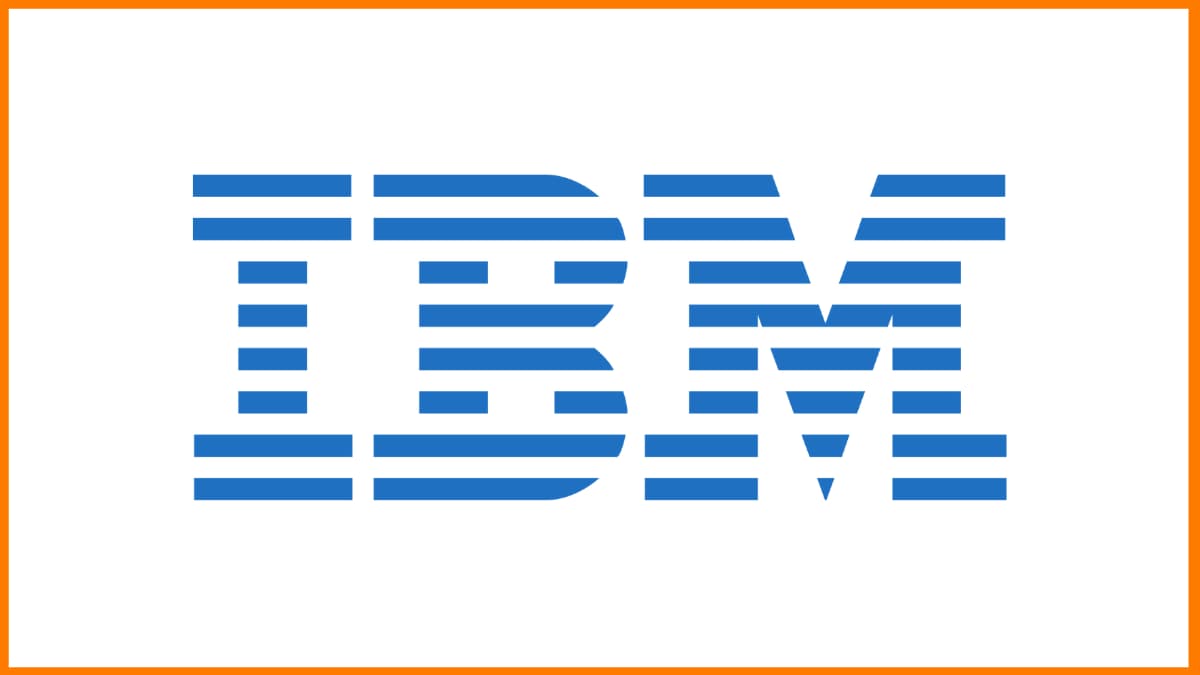



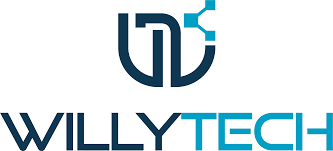
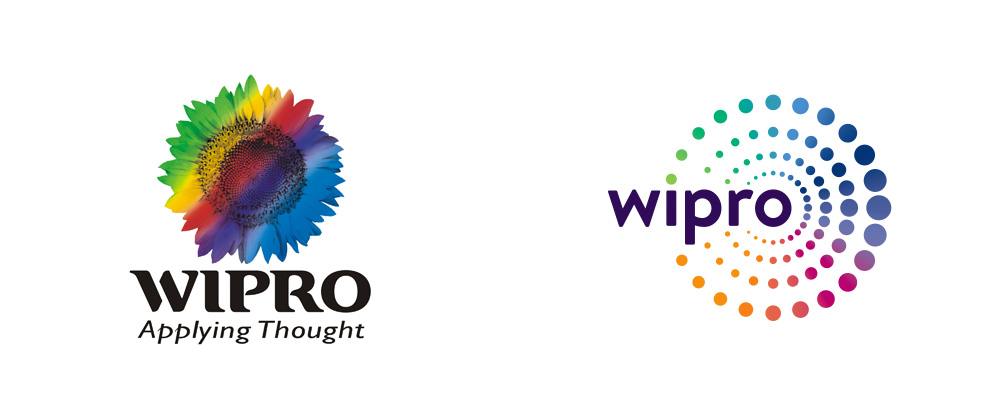
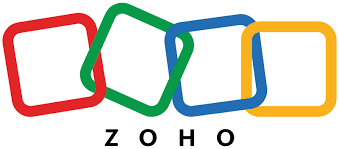
Reviews
Average rating: 4.8/5 (1,000+ learners)
Selenium FAQs
Find answers to common questions about this course
Selenium is an open-source automation testing framework for web applications that supports multiple browsers, platforms, and programming languages.
Selenium WebDriver (for browser automation), Selenium IDE (record/playback tool), Selenium Grid (parallel testing), and Selenium Client Libraries (language bindings).
Java, Python, C#, JavaScript (Node), Ruby, and PHP are supported through respective client drivers/bindings.
Selenium is open-source, supports multiple languages/browsers, and is specifically designed for web application testing (not desktop/mobile).
Locators are methods to identify web elements on a page, including ID, name, XPath, CSS selector, class name, tag name, and link text.
WebDriver is Selenium's main component that provides a programming interface to create and execute test scripts that interact with browsers like a real user.
IDE is a simple record/playback tool with limited capabilities, while WebDriver is a full programming interface for complex, maintainable test automation.
Use relative XPath/CSS selectors, explicit waits, or JavaScript execution to handle elements that change attributes or appear after AJAX calls.
Implicit waits set a default waiting time for elements, while explicit waits wait for specific conditions using WebDriverWait and ExpectedConditions.
Instantiate different WebDriver objects (ChromeDriver, FirefoxDriver, etc.) or use Selenium Grid for parallel cross-browser testing.
Ready to Start Your Selenium Journey?
Limited seats available for the next batch
Explore Our Courses
Discover the perfect course to advance your career


